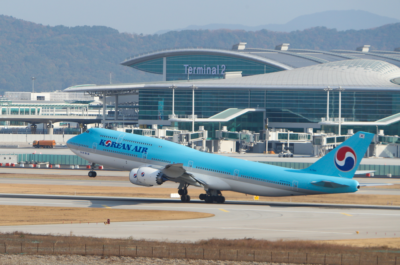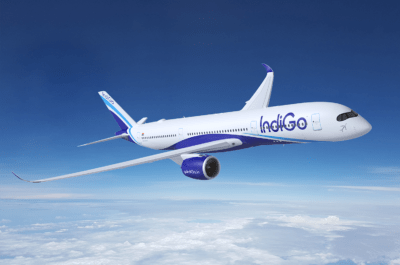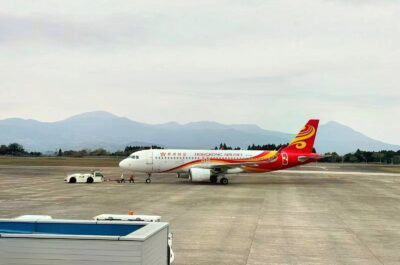The International Air Transport Association made a revised forecast for 2006 industry losses. It is estimated that airlines will lose US$1.7 billion, with a fuel bill of US$115 billion calculated for an…
The International Air Transport Association made a revised forecast for 2006 industry losses. It is estimated that airlines will lose US$1.7 billion, with a fuel bill of US$115 billion calculated for an average oil price of US$68 per barrel (Brent).
This is a significant improvement on the previous loss forecast of US$3.0 billion made in June that was based on an oil price of US$66 per barrel for a total fuel bill of US$112 billion. However, stronger than anticipated economic growth has boosted airline revenues, and restructuring efforts have elevated load factors to record levels.
Airlines ended 2005 with a US$3.2 billion loss including a fuel bill of US$91 billion. We are still in the red, but what other industry could add US$24 billion to its second largest cost in a year and still improve the bottom line? Efficiency, hard work and a strong revenue environment have all contributed to this amazing result, said Giovanni Bisignani, IATA`s Director General and CEO.
Regional differences are narrowing:
The North American industry has recovered significantly and is expected to return to operating profitability this year, though restructuring costs will limit the reduction in net losses to US$4.5 billion. Restructuring has cut non-fuel costs, raised load factors and boosted yields, said Bisignani.
European airlines are forecast to see their profits rise to US$1.8 billion. Strong growth in premium traffic is the positive spin-off from a stronger European economy. And double-digit growth in Asia-Europe markets contributed significantly, added Bisignani.
Asian airlines lost a little ground with a projected US$1.7 billion profit. Lower hedging levels than European counterparts meant more exposure to the rising price of fuel. At the same time, the rapid development of low-cost airlines is negatively impacting yields on some key regional routes, said Bisignani.
For the first seven months of 2006, passenger traffic grew 6.4%. As Bisignani stressed Careful capacity management saw the industry fill an average of 76% of their seats for the first seven months of the year—and an amazing 80.8% in July. The result is a strong revenue environment that has contributed significantly to the improved results.
Although traffic growth remains strong, the long-term impact of terrorism and instability in the Middle East is still to be calculated. The improvement is based as much on efficiency as strong revenues, so a US-led economic slowdown is the major threat to profitability. Overall, the industry has never been so lean, mean and well poised to return to profitability, concluded Bisignani.
Vicky is the co-founder of TravelDailyNews Media Network where she is the Editor-in Chief. She is also responsible for the daily operation and the financial policy. She holds a Bachelor's degree in Tourism Business Administration from the Technical University of Athens and a Master in Business Administration (MBA) from the University of Wales. She has many years of both academic and industrial experience within the travel industry. She has written/edited numerous articles in various tourism magazines.






































![[PR] PR_Ascott and Vimut Hospital_2024](https://www.traveldailynews.asia/wp-content/uploads/2024/04/PR-PR_Ascott-and-Vimut-Hospital_2024-400x265.jpg)






























